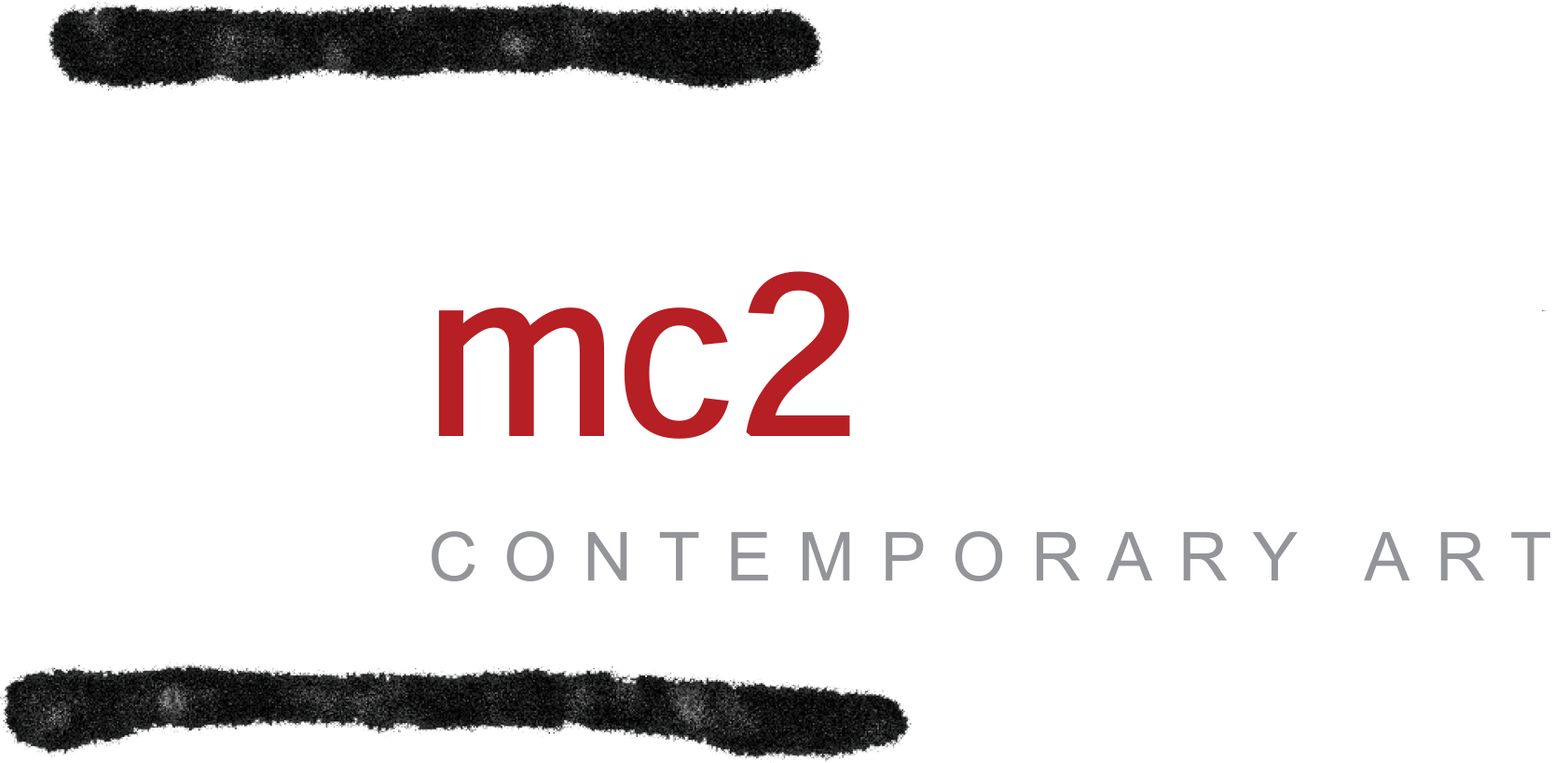Dune Varela was born in 1976 in Paris. After studying law in Paris and cinema in New York, she dedicated herself to cinematographic photography, in its dual dimension of coherent and essential substrate and fragile and alterable matter. Playing on the mixture of times and eras, she works on the image as a ruin, a vestige, captured in the movement of speculative archaeology. Abandoning impressions on a flat surface, she invests materials such as ceramic, marble or concrete to materialize the photograph in the form of a sculptural fragment, whose existence would be both fragile and durable. Subsequently you extended the scope of your research to video and cinema. You have exhibited at the photographic meetings in Arles, at Paris Photo, at the Approche exhibition and at the Champs des Impossibles. She live and work in Montreuil.
Dune Varela
France, 1976
Biography
Every archaeological discovery is at once a revelation about ourselves and a reevaluation of the times that preceded us. Weaving tenuous links between individual history and collective history, both cultural and geopolitical, Dune Varela set out to draw parallels between the rise of photography and that of archaeology, concurrent inventions in the mid-19th century. We tend to forget it, but the photographic process was subsidized and encouraged in France by archaeological circles for its ability to reproduce reality in the most faithful and precise way possible. The first photographic impressions therefore coincide with the first excavations and it is to an architect named Alfred-Nicolas Normand who we owe the first prints on plates in 1851, reported from his trips to Pompeii, Palermo, Athens and Constantinople. Following in the footsteps of these pioneers, Dune Varela reformulates the challenges of the photographic medium by comparing it with two contiguous movements: that of the Greco-Roman civilization and that of its own intimate and family history.
“How to create the connection?” she repeats to herself. His residence in Perche gave him the opportunity to escape and bury himself, to appropriate the layers and sediments of an unknown territory. By uprooting herself, she paradoxically seeks an anchor, a re-rooting. She looks elsewhere to find yourself. Disappear, reappear. She frees the mind, transformed through contact with nature. Mourning what we were, mourning what was. In learning about isolation, about loneliness. Walking in discontinuity, orienting yourself in disorientation. “Getting lost is a dangerous way to find yourself,” says Brazilian writer Clarice Lispector. The analogy between archaeological excavations and this impossible search for identity is useless, where the randomness of discoveries coincides with the wounds of existence.
Listening to the animal and plant world, to telluric currents. Pantheistic asceticism in which we mend the broken bond with life. Where we reveal ourselves outside of ourselves.
Contrary to kitsch anachronism and postmodern irony – as practiced by visual artists Francesco Vezzoli or Daniel Arsham, to whom casual observers might inadvertently compare his work – Dune Varela literally inhabits his works, investing them physically and spiritually. . Not in a rigid mysticism or in a romantic exaltation, but in a belligerent melee with the tangible reality of matter. Bas-reliefs and fragments of sculptures, of which photography always constitutes the initial phase, are the raw material and the metaphor of his desires and anxieties, of his resistance to adversity. In every piece of him there is a phase of his existence, the passage from one state to another, the reification of an idea. In theoretical development he favors the laying bare of affections and most of the time relies on intuition, chance and the accidental. Or rather to what you call “synchronicity”, halfway between the “objective case”? supported by Breton and a form of intentional coincidence. A sum of intertwined signs that produce meaning through their superposition.
Closer to the trials of Vera Lutter or James Welling, the ancient repertoire that concerns her does not have the function of affirming the resurgence of a past greatness or even of competing with it. It’s about comparing it with the present, giving it back its allegorical part. If the Ancient re-emerges today in contemporary art it is because it still has something to teach us, shedding light on the present in a new light. Just as the pre-Socratics anticipated eminently contemporary concepts. The dividing line between the Old World and the New World no longer exists, temporalities now overlap and collide with each other.
While the image tends to transform into a dematerialized flow, replacing the collective consciousness, Dune Varela redistributes a solid and concrete consistency to it, to the point of physically attacking it. Edification in destruction. After having riddled the shots of the acropolis with bullets, having blinded the photograph of an Apollo with bombs or smashed the materials that constitute the support of her prints, she has further broadened the spectrum of her plastic research. From the imitation of reality to the limits of reality. The transition from plan to volume is no longer sufficient, now relationships with time, matter and space come into play in her work.
For her, photography becomes a sculpture in its own right, in a combinatorial game of supports, volumes, formats and textures where different temporal layers converge. In the mind of the observer, confusion arises between the printed photographic plate and the print media material. Are we looking at a sculpture, a photograph of a sculpture, or a combination of the two? Is there a direct connection between the photographed object and the place where it was exhumed?
Forgery occupies a preponderant place in his approach: the lures of the vestiges he created by printing his photographs on marble or concrete slabs – smoothed and scraped to give them this specific patina of relics – are subsequently broken into pieces then assembled and arranged on bases that imitate archaeological settings. In Dune Varela photography is no longer just the representation of an element of reality on a flat surface but becomes an object of reflection on the very conventions of its representation. The images become images of images, elliptical fragments of a diegesis that traces the history of the Greco-Roman Empire and, by extension, of what has been designated as “Western civilization”. A highly arbitrary name, since everyone knows that the latter was built by cultivating ties of interdependence with the Mesopotamian civilizations of the Middle East. These origins obscured by history implicitly refer to the concealment of the artist’s own origins: a Jewishness that his family was so afraid of revealing that they ended up disavowing it. The comparison with mythology joins his own genealogy. Timeline diffraction, memory fragmentation.
Dune Varela attempts to deconstruct this linear conception of history, which is simultaneously political, cultural and social, by removing the overlying perspective of the past. In its contemporary representation, the warlike or amorous impulses typical of ancient statuary are no longer embodied in their conquering virility, but in the form of details isolated from the whole. Like a puzzle to decipher. Truncated bodies, headless busts, architectural segments. The delicate relief of a hand or a cloth becomes an address to the gaze aimed towards a timeless otherness. From this photographic debris, without origin or destination, emerges a feeling of incompleteness, of vulnerability, of unfulfilled desire. Although always inclined towards spiritual fullness. We notice a strange closeness with the contemporary world, in the manifestation of its decadence. “Being forced to fight against your instincts: is this the formula for decadence?” Nietzsche writes in The Twilight of the Idols.
Going further than his approach, Dune Varela decided to perform a filmed performance in Perche. A nightly ritual in the forest, in which he intends to bury the bust of a statue and exhume it several months after its burial. Like an extension of childhood rituals, where circumventing the ban is equivalent to a transgression. He finds an archetype of man that precedes civilization. A human being freed from the symbolic figure of God and Law, from authority and domination. “Even statues die” and it’s time to cry. All that remains is the comfort of these hands frozen in stone. Impassive in the offering of himself, of the gift, of the caress. Ageless postures, whose beauty and grace remain intact. Recomposing a crumbling identity, bringing together the scattered fragments of what escapes its existence. The evil eye has disappeared, the mourning is over, life can regain its rights.
Selected Artist Works
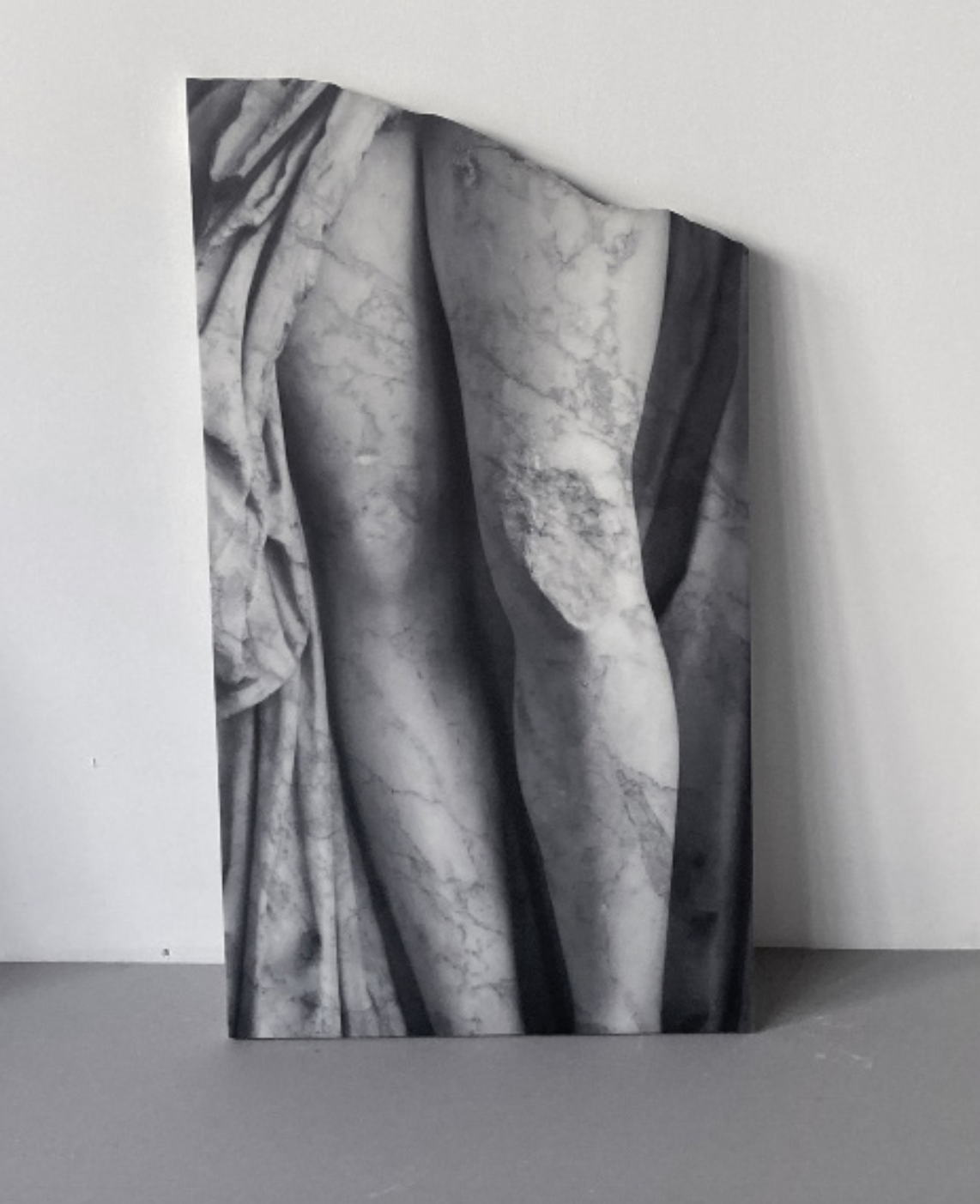

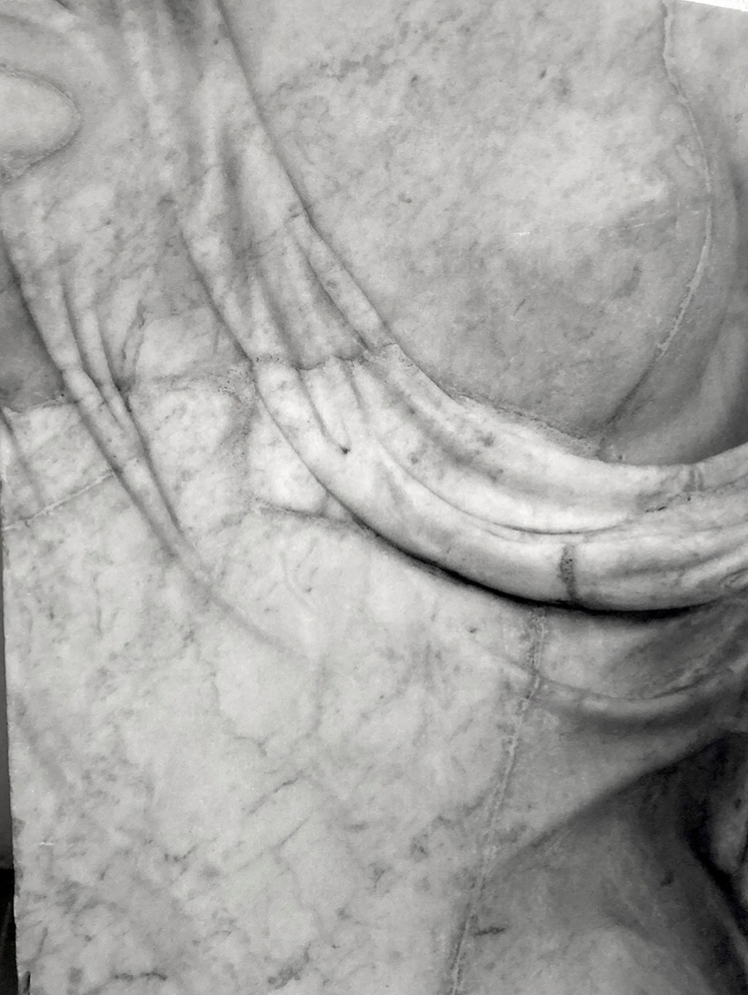


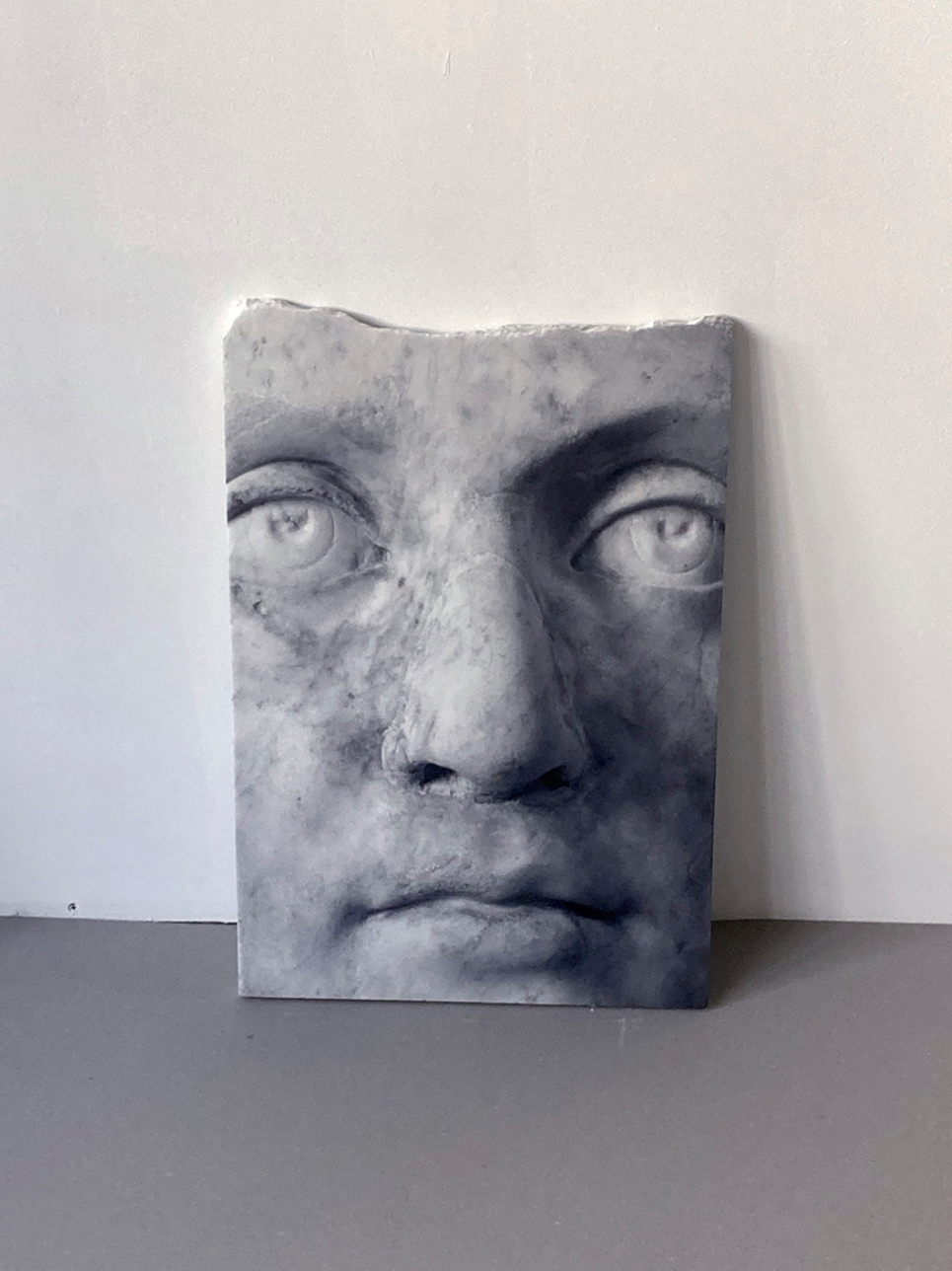

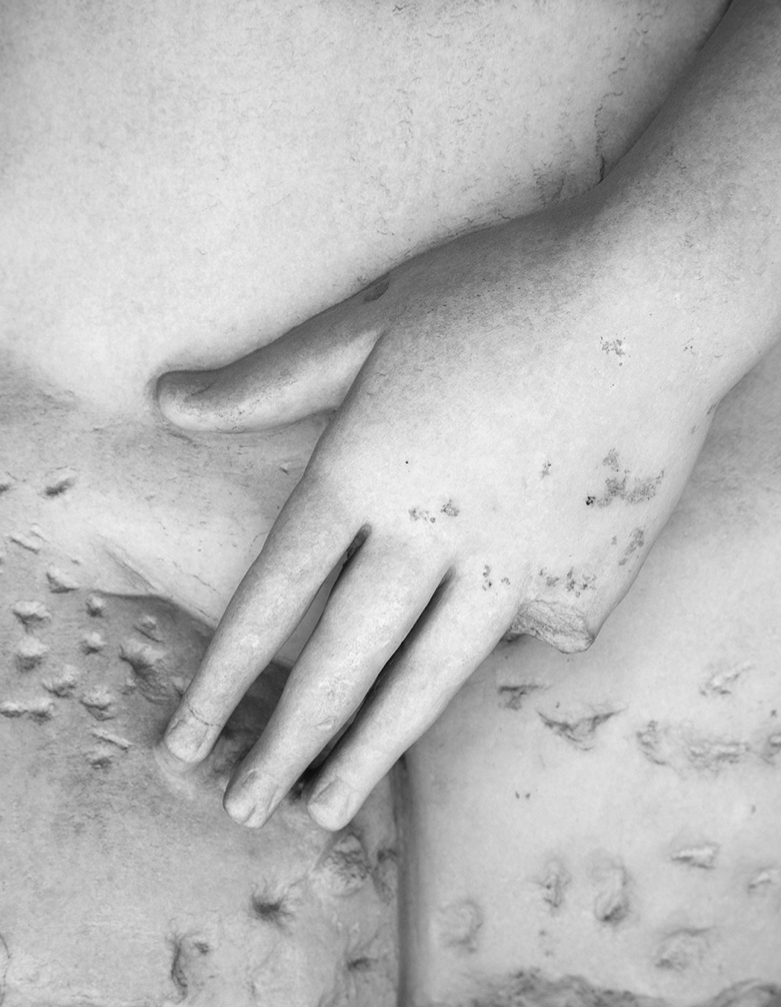

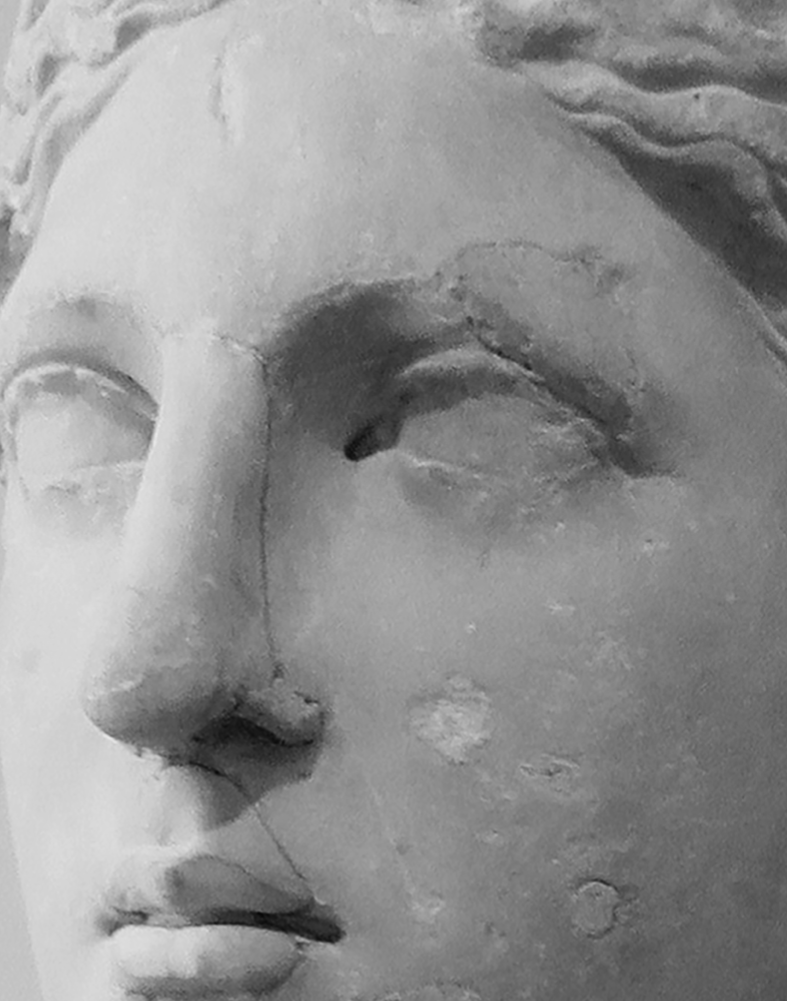


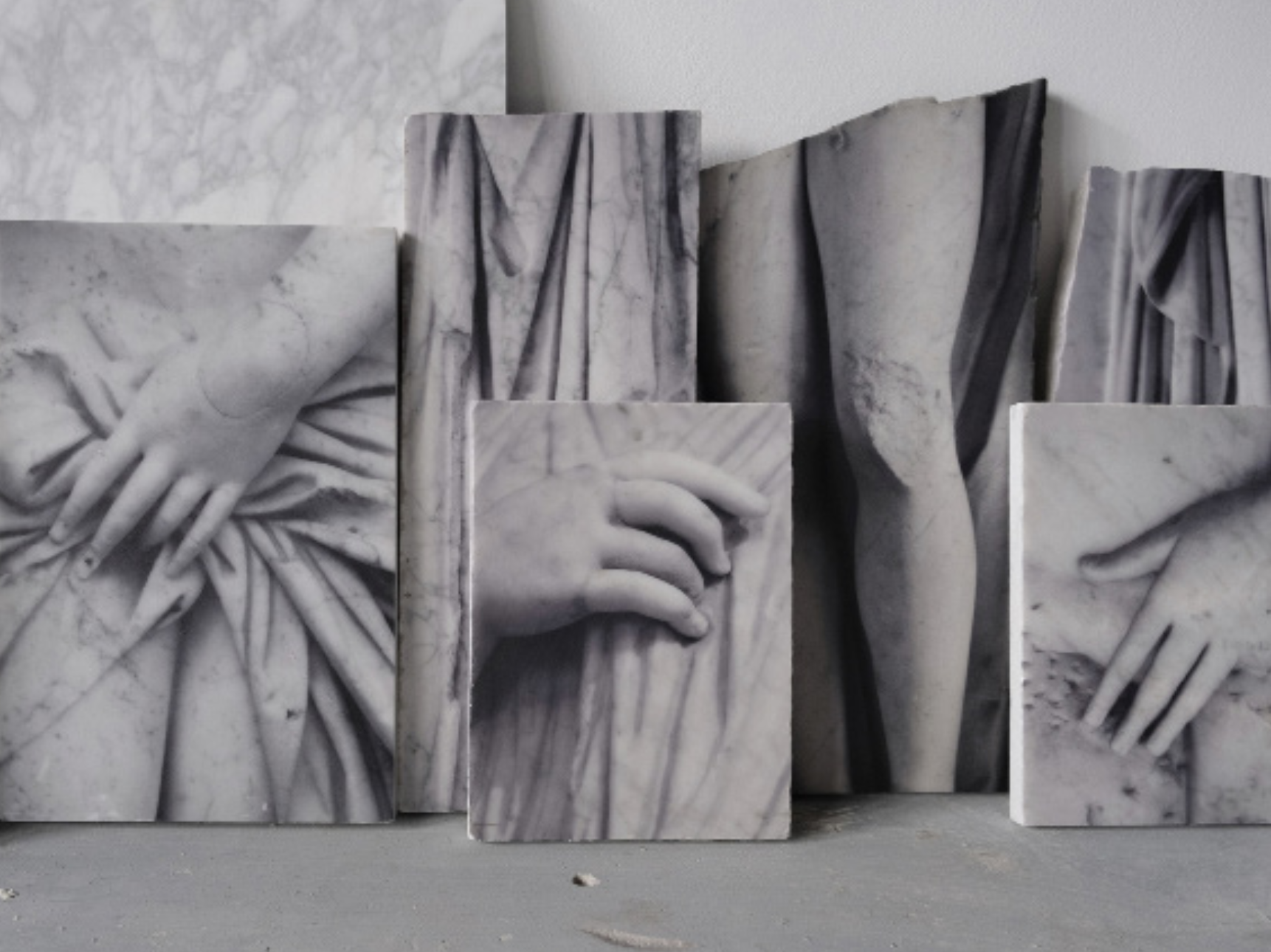
Solo Exhibitions
2021 : Le champs des impossible, Eglise de Courthioust, Perhe en Nocé2019 : Approche art fair, Paris
2017 : Toujours le soleil, Paris Photo, Paris
2017 : Toujours le soleil, Les Rencontres de la photographie x Prix BMW, Arles
2015 : Isula ind’é l’Isula, Couvent de Morsiglia, Cap Corse
2012 : Impalas, Lycaons, Galerie Intuiti, Paris
2010 : Les Rencontres de la photographie, sélection Voies off, Arles
2005 : 59 Drayton Gardens, Galerie Bruno Delarue, Paris
Selected Group Exhibitions
2024 : Artefiera Bologna, Italy - Mc2gallery booth2023 : White Carrara, Carrara (Italy) - Mc2gallery
2020 : Change, Fondation d'entreprise Francès, Senlis
2018 : Décadence, Double séjour, Paris
2018 : Eidetik, La galerie particulière, Paris
2018 : Biennale de l'image possible, Liège
2015 : Crossover, Galerie Obrose, Paris
2014 : Nature morte, Honoré, galerieVisconti, Paris
Fukushima mon amour, One step gallery, Paris
2013 : Les Heures latentes galerie Vivoequidem, Paris
2013 : Relief 1, New York Art Book fair / Éditions Lutanie, MoMA PS1, New York
2011 : De l'air, Maison européenne de la photographie, Paris
2010 : Rencontres photographiques, Voies off 2010: "Paradis perdus", Arles
De L'air, Révélation, foire de photographie contemporaine, Paris
De L'air, 10 ans, Musée de photographie André Villers, Mougins
De L'air, 10 ans, agnès b, rue Dieu, Paris
Graouw, Galerie Intuiti, Paris
2008 : Autoportraits, Savignano Imagini festival, Italie (commissaire : Laura Sérani)
2008 : Nature Fragile, Musée de la Chasse et de la Nature, Paris
